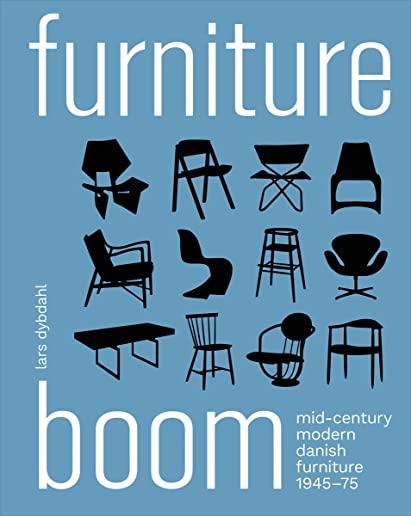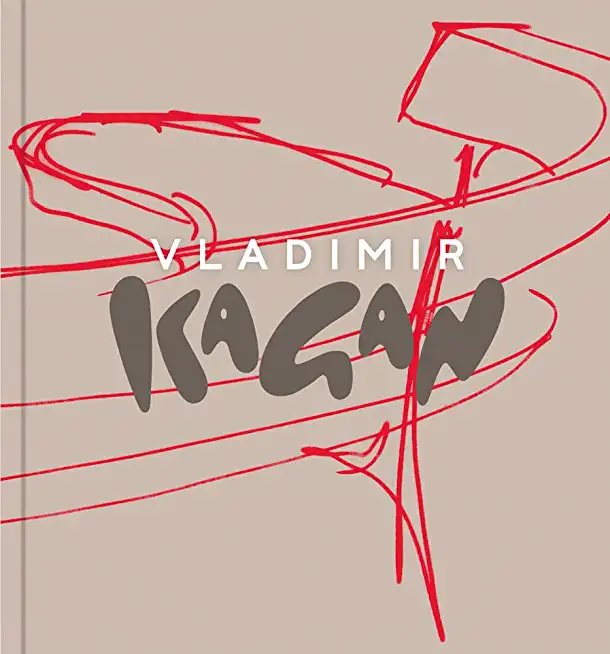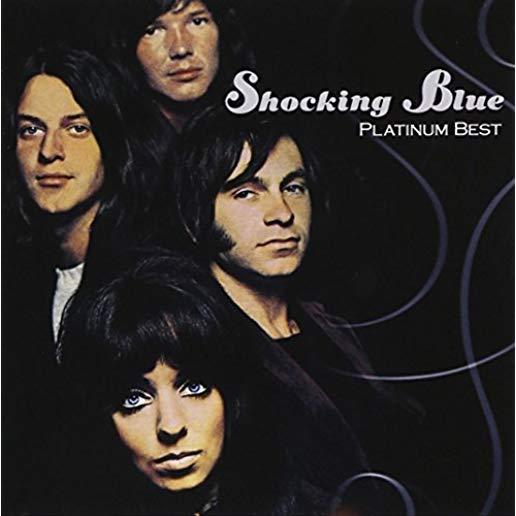
description
9
This hefty book offers the last word on the Danish Mid-Century Modern look
Danish design is central to what has come to be known as the mid-century modern style; its iconic pieces are still considered classics and continue to inspire designers all over the world. But if pieces like Hans J. Wegner's Y Chair (1950) and Finn Juhl's Chieftain Chair (1949) carry an aura of timeless elegance now, they were born of a specific historical context.
In a new postwar welfare society, the demand for new kinds of furniture for new kinds of homes, workplaces and public institutions was booming. Danish furniture designers, cabinetmakers and industrial furniture factories were ready to deliver, with figures like Wegner, Juhl, Arne Jacobsen, B rge Mogensen, Poul Kj rholm and Verner Panton each contributing their own unique vision of what postwar modernity would look like. Furniture Boom: Mid-Century Modern Danish Furniture 1945-1975 offers a comprehensive overview of the style that changed the world. Design historian Lars Dybdahl tells the story of the movement from beginning to end, describing and analyzing particular iconic pieces and situating them within their historical and cultural context. Thirteen lavishly illustrated chapters explore the period's new interior trends and production possibilities and highlight the diversity of Danish design in this period: from spindle constructions and laminated materials to wickerwork and nomadic furniture; from children's furniture to storage solutions and office furniture; from the warm look of wood to cool steel, intensely colorful plastic chairs and sensuous lounge furniture. Furniture Boom is a design bible of the golden age of Danish furniture design, an essential resource for professionals and more casual admirers alike.member goods
No member items were found under this heading.
Return Policy
All sales are final
Shipping
No special shipping considerations available.
Shipping fees determined at checkout.







